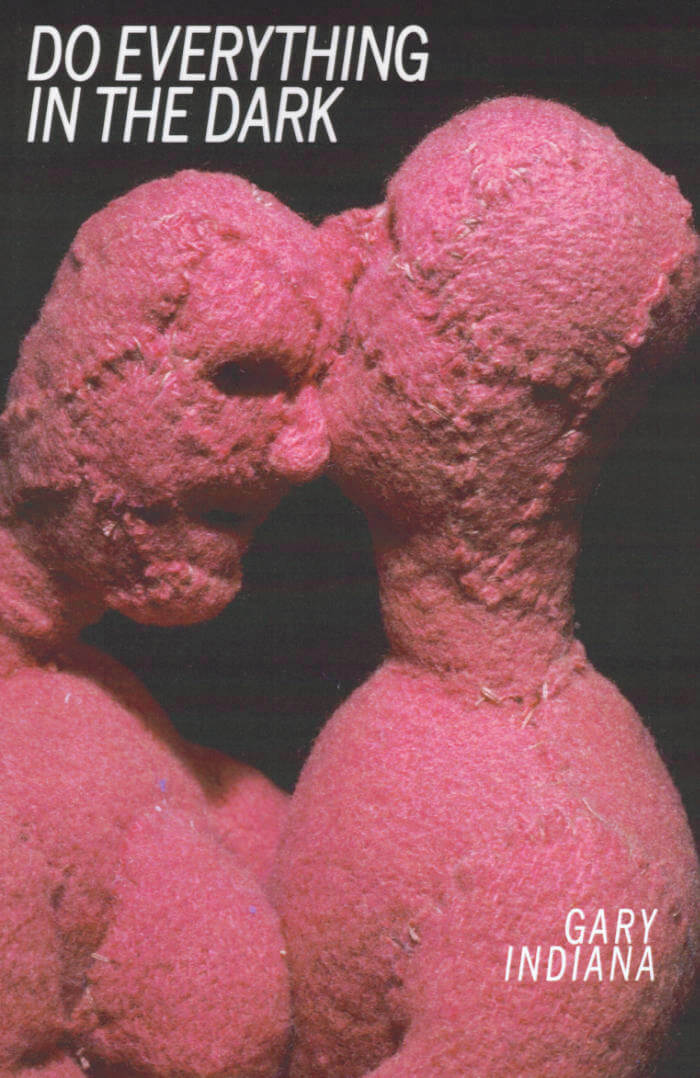
Do Everything in the Dark
€19.00
Faced with photos of a once-tumultuous New York art world, the narrator's mind in this scathing, darkly funny novel begins to erupt. Memories jostle for center stage, just as those that they are about always did. These brilliant but broken survivors of the '80s and '90s have now reached the brink of middle age and are facing the challenge of continuing to feel authentic.
Luminous with imagery, cackling with bitter humor, this roman à clef spares no one. It's a canny portrait of one era's vaporization, and a study of the perpetual need that some of us feel to reconstruct ourselves-atom by atom.